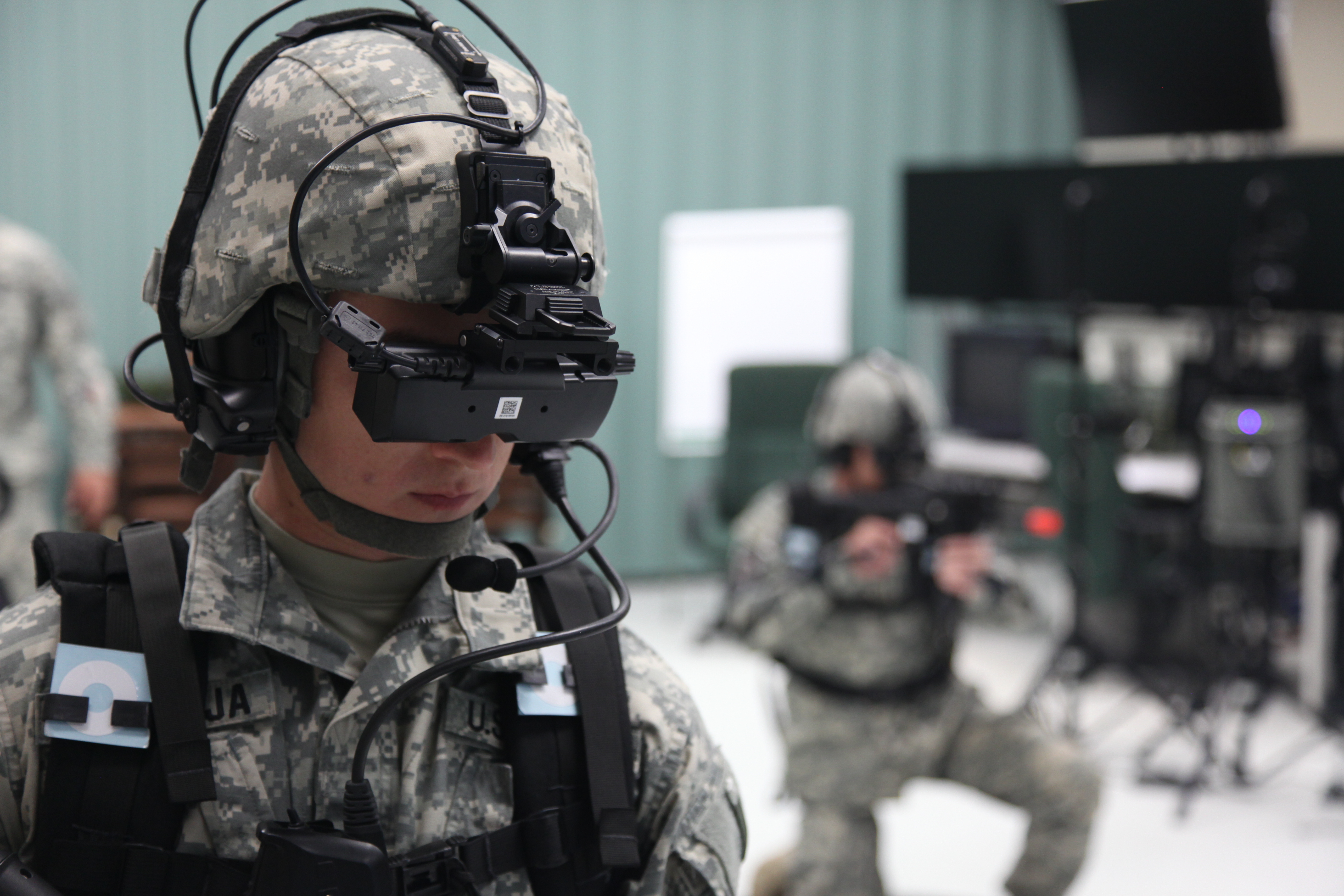When it comes to being tactically effective in battle, knowing the terrain is a huge advantage that soldiers regularly try to employ. If the fight should take place in North Korea, this is where U.S. soldiers can lag behind since the terrain in the region is not exactly well-known to Americans. Fortunately, there is virtual reality to compensate for the absence of common knowledge, which can prepare U.S. Army soldiers for engagement in the reclusive territory if the need arises.
Training in VR, where soldiers fight digital enemies in digital environments, has been something of a sci-fi mainstay for decades. In the case of the North Korea terrain issue, the developers of the simulation took data via satellite images and other available intel that has been gathered to generate what’s called Synthetic Training Environments. According to a white paper discussing the matter, the environment is generated by an artificial intelligence that was fed with the data.
While the environment is naturally going to remain relatively the same, it would seem that the AI throws in some variability to the simulation from time to time. This helps simulate actual, unpredictable scenarios wherein soldiers will need to cope with developments that they were not expecting.
The U.S. Army has actually been employing VR training since back in 2012, but the technology has advanced significantly since then. Now, trainers can create life-like environments and conditions in a more rapid fashion than before.
According to engineers who spoke to New Scientist, it would seem that other than North Korea, the VR simulation also features other areas such as South Korea and New York. Basically, places where live fire exercises can cause quite a bit of an issue.
On that note, it’s understandably unsettling to consider that the U.S. is using these environments as training grounds for combat. While movies might like to depict burning American cities all the time, the thought of such occurrences happening in real life is naturally worrisome.



 Norway’s Wealth Fund Backs Shareholder Push for Microsoft Human-Rights Risk Report
Norway’s Wealth Fund Backs Shareholder Push for Microsoft Human-Rights Risk Report  Apple Appoints Amar Subramanya as New Vice President of AI Amid Push to Accelerate Innovation
Apple Appoints Amar Subramanya as New Vice President of AI Amid Push to Accelerate Innovation  ByteDance Unveils New AI Voice Assistant for ZTE Smartphones
ByteDance Unveils New AI Voice Assistant for ZTE Smartphones  Australia Moves Forward With Teen Social Media Ban as Platforms Begin Lockouts
Australia Moves Forward With Teen Social Media Ban as Platforms Begin Lockouts  Apple Leads Singles’ Day Smartphone Sales as iPhone 17 Demand Surges
Apple Leads Singles’ Day Smartphone Sales as iPhone 17 Demand Surges  EU Prepares Antitrust Probe Into Meta’s AI Integration on WhatsApp
EU Prepares Antitrust Probe Into Meta’s AI Integration on WhatsApp  Samsung Launches Galaxy Z TriFold to Elevate Its Position in the Foldable Smartphone Market
Samsung Launches Galaxy Z TriFold to Elevate Its Position in the Foldable Smartphone Market  OpenAI Moves to Acquire Neptune as It Expands AI Training Capabilities
OpenAI Moves to Acquire Neptune as It Expands AI Training Capabilities  Amazon and Google Launch New Multicloud Networking Service to Boost High-Speed Cloud Connectivity
Amazon and Google Launch New Multicloud Networking Service to Boost High-Speed Cloud Connectivity  Quantum Systems Projects Revenue Surge as It Eyes IPO or Private Sale
Quantum Systems Projects Revenue Surge as It Eyes IPO or Private Sale  Sam Altman Reportedly Explored Funding for Rocket Venture in Potential Challenge to SpaceX
Sam Altman Reportedly Explored Funding for Rocket Venture in Potential Challenge to SpaceX  Coupang Apologizes After Massive Data Breach Affecting 33.7 Million Users
Coupang Apologizes After Massive Data Breach Affecting 33.7 Million Users  Intel Boosts Malaysia Operations with Additional RM860 Million Investment
Intel Boosts Malaysia Operations with Additional RM860 Million Investment  Nexperia Urges China Division to Resume Chip Production as Supply Risks Mount
Nexperia Urges China Division to Resume Chip Production as Supply Risks Mount  Morgan Stanley Boosts Nvidia and Broadcom Targets as AI Demand Surges
Morgan Stanley Boosts Nvidia and Broadcom Targets as AI Demand Surges  Firelight Launches as First XRP Staking Platform on Flare, Introduces DeFi Cover Feature
Firelight Launches as First XRP Staking Platform on Flare, Introduces DeFi Cover Feature  Trump Administration to Secure Equity Stake in Pat Gelsinger’s XLight Startup
Trump Administration to Secure Equity Stake in Pat Gelsinger’s XLight Startup 



























